After hitting the big 4-0, a lot starts to change in your body, and the theme is
Whether you're getting close to blowing out the birthday candles or have already hit the decade-
1. To Fend Off Back Pain:
According to the National Institutes of Health, about 80 percent of adults experience lower back pain. The major risk factor for this pain? "Getting older," according to the NIH, specifically getting towards 40.
Of course, it's not your age that causes the pain, but rather what is happening to your body as you approach your fourth decade. "You
When you're seated and leaning forward—to eat or use a computer or work on a crossword or take in a particularly suspenseful scene of "The Walking Dead"—your back rounds into a "C" shape. In this position, the low back muscles are firing, while the muscles of your posterior chain, including your glutes and hamstrings, are turned off. Eventually, many strength coaches and physical therapists find that exercisers can't remember (physiologically speaking) how to turn those muscles back on, suffering from what's been called "
Not only can this prevent you from keeping a nice, perky rear as you age, but being able to fire the
The Move: Glute Bridge with Band
Wrap a mini exercise band around your legs just above the knees. Lie face up on a mat with your knees bent and feet flat on the floor. Place your arms at your sides, palms up. Keeping your feet flat on the floor, squeeze your glutes to raise your hips off the floor until your body forms a straight line from your knees to your shoulders. As you lift, the band above your knees will try to pull your knees together; fight to keep them apart so that your thighs stay parallel. This will engage your hip musculature. Pause for a second at the top of the exercise before slowly returning to the start position. Note: As you're raising up, don't let your heels come off the floor! Repeat for three sets of five to eight reps.
2. To Increase Power and Fast-Twitch Muscle:
Muscle mass can fall as much as three to five percent per year in your after middle age. Research shows that much of that muscle loss is from your fast-twitch fibers, which use carbohydrates as fuel, and are used in moments of fast or heavy exertion like sprinting or a heavy lift. That may not seem like a big deal as you age if you're not planning to be a sprinter or power lifter, but you also use fast-twitch fibers to react and move quickly—like if you're falling, which is a problem for older folks.
This loss of fast-twitch muscle could contribute to what strength experts say is a rapid loss of power: In fitness, power is a measure not of how much force you can produce, but how quickly you can produce that force. And it takes fast-twitch muscles
For Mike Wunsch, a trainer and program design specialist at Results Fitness in Santa Clarita, California, that means one thing: Medicine ball power work. His older clients toss, slam and pass medicine balls to develop power, and they do each rep with that purpose in mind.
"It's not cardio. You want each rep to count, to
The Moves: Medicine Ball Chest Pass and Medicine Ball Slam
For the chest press, stand about five feet from a wall in an athletic stance with feet slightly wider than shoulder-width and knees slightly bent. Hold the ball in front of your chest with both hands. Press both arms forward as forcefully as you can without falling over to pass the ball so it hits the wall. Retrieve the ball, reset and forcefully press it again. Perform three to four sets of 10 reps, resting 45 seconds between sets.
For the slam, stand in the same position, holding the ball in front of your chest. Raise your arms up over your head, and then forcefully slam the ball down in front of your feet. Retrieve the ball, reset and slam it again. Perform three to four sets of eight to 15 reps, resting 45 seconds between sets
3. To Reduce Stress on Rolled Shoulders:
Modern adults sit much more than their ancestors, with workers often leaning forward towards their computer screens. Over time, the body starts to take on that shape—permanently.
"Your muscles literally approximate, and we become constantly in this flexed position," says Aaron Brooks, a biomechanics expert and the owner of Perfect Postures in Auburndale, Massachusetts. He says these
Which means that the front of your body becomes stronger in a position where your chest is caved, your shoulders are rolled forward and your neck is extended. As a result, the back of your body becomes weaker, and can't pull your shoulders back, expand your chest or keep your head in the correct position. Your body's default position becomes what's called
Rolled shoulders are bad not only because your posture is "ugly," but because they can cause injury: When your shoulders aren't pulled back, they're not tracking in the right
To combat what you're doing every day, Brooks suggests an external rotation exercise for one minute, every day. The move seems almost too simple to work, but Brooks says "it engages your whole posterior side, as well as the extensor muscles of your spine." The result: More shoulder mobility, better posture "and you'll look more confident."
The Move: Prone External Rotation of the Arms
Lie face up on the ground with your feet flat and knees bent. Your arms should be spread up and to the sides at a 45-degree angle so that your torso forms a "Y" shape, with your palms facing up. In this position, twist your hands so that your thumbs are on the floor, and your pinkies point towards the ceiling. Hold this position for 30 seconds. Repeat one more time.
4. To Loosen Up Your Thoracic Spine:
Another consequence of our near-constant seated posture is that our thoracic spine, or mid-back, "turns off," while our lower back "turns on" from being in a rounded position in our chair.
"Everything gets locked up," Wunsch says. "The joints that are supposed to be stiff and strong [like the low back] get loose, and the joints that are supposed to be mobile get stiff—like the thoracic spine."
When your thoracic spine becomes stiff and your body needs flexibility, it looks for the next available joints
You can loosen up your mid-back while stretching your hip flexor and work on shoulder stability with one mega-stretch. It's called a long half-kneel with "T" reach, and Wunsch has almost all of his clients—of any age—do it.
"I want to get as many things done as possible in one exercise," he says. And doing so with this move has an added bonus: While it trains stability on one side of the body, it's
The Move: Long Half-Kneel with "T" Reach
Get
5. To Strengthen Bones and Boost Testosterone:
A dip in testosterone over time doesn’t just make men "less manly." It can also affect mental state, causing moodiness or depression, screw up sleep patterns and cause sexual dysfunction.
A loss of testosterone is also important for women: Lowered testosterone levels have been found to be associated with depression in women, and increased testosterone has been found, as
While many exercises provide small bumps in testosterone levels, bigger increases are created by exercises that use more muscles and heavier weights. For an exercise that accomplishes both and is also not a difficult, technical lift that puts the body at higher risk of injury, it's tough to beat weighted carries, or farmer's walks.
"It's such a comprehensive exercise: The core is stabilizing, the shoulder is getting some stability work, your grip strength is improving, your legs are pumping," says Steven Head, a master trainer at Sport & Health in McLean, Virginia who works with many older adults—and incorporates lots of heavy carries. "[Heavy carries are] very demanding from a metabolic standpoint: My heart rate goes from 65 to 140 in no time at all."
Heavy weight exercises don’t just help with testosterone levels, but they also increase bone density. When you lift heavy weights, your bones literally experience tiny micro-fractures. As the body repairs these, the density of the bones increases. For the beginner, farmer’s walk can be done with very heavy weights with very little learning curve. If you can pick up the weights and walk with them, you can do this move. And while you might not need to snatch a weight in your day-to-day life, you will have to carry heavy groceries, suitcases and other loads. This exercise provides direct training for it.
The Move: Farmer’s Walk
Stand with heavy dumbbells next to your feet. Push your hips back to squat down and lift the dumbbells, driving through your heels to stand up and hold them at your sides. Your shoulders should be back, chest out and head directly in line with your shoulders. Brace your core and walk forward, keeping the dumbbells at your sides, for a distance of about 50 feet. Place the dumbbells on the floor, rest for 30 seconds and repeat four times.
6. To Fight Forward Head Posture:
We all know the image of an older person slowly walking along, their head pushed far forward in front of the rest of their torso. Now here's the scary part: If you're a desk jockey—or even a person who just sits a lot like, say, most Americans—you're already on your way to cutting that same silhouette.
It's the result of something called upper-crossed syndrome, and "This is something we see with our clients that are a little older," says Perry. "A forward head posture, rounded spine. The lower traps and the rhomboids are just shut off."
The latter are muscles of the thoracic spine. As we've seen, the thoracic spine starts to get tight as we age, and the low back gets loose—the opposite of how each should work. To combat the forward head posture, Perry suggests more rowing patterns, and specifically recommends an inverted row.
"The reason I like it is that it's relatively simple. It doesn't take a ton of technique," he says. He recommends focusing specifically on the scapular retraction at the top of the move, driving the scapula back towards the spine, which is a much more stable position and is healthier for the shoulder joint. "Imagine squeezing something between your shoulder blades," Perry says.
At the top of the row, finish with your shoulder blades back and hands around nipple level, not at your armpits. The key is to make sure that shoulder joint doesn't move
The Move: Inverted Row
Set the bar of a Smith machine or a power rack at hip height and lie beneath the bar. Reach your arms up and grab the bar with an overhand grip that's slightly beyond shoulder width. Create a straight body line from head to heels, with your heels resting on the floor and your torso suspended in the air. Keeping this rigid body line, pull your chest to the bar by squeezing your shoulder blades together and then bending your elbows. Try to pull your chest towards the bar, rather than bringing your fists to your armpits. Control your body as you lower back to the start position. Start with three reps, and work up to sets of eight.




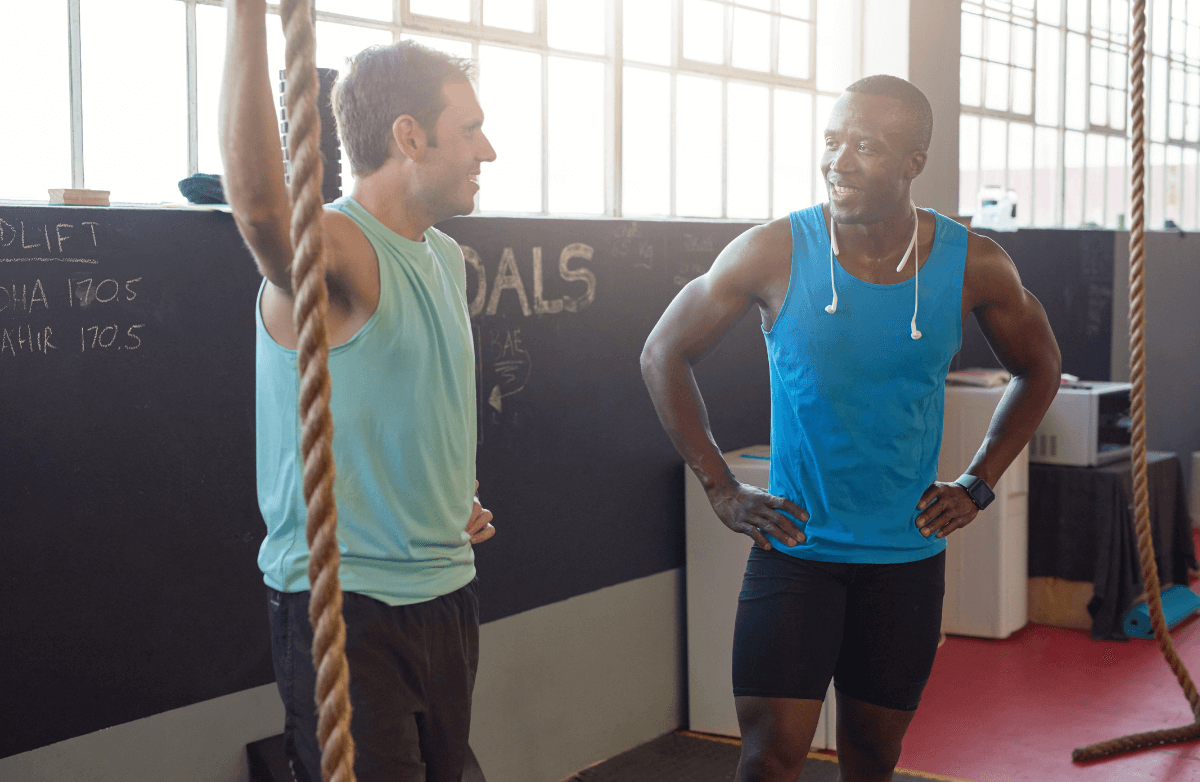

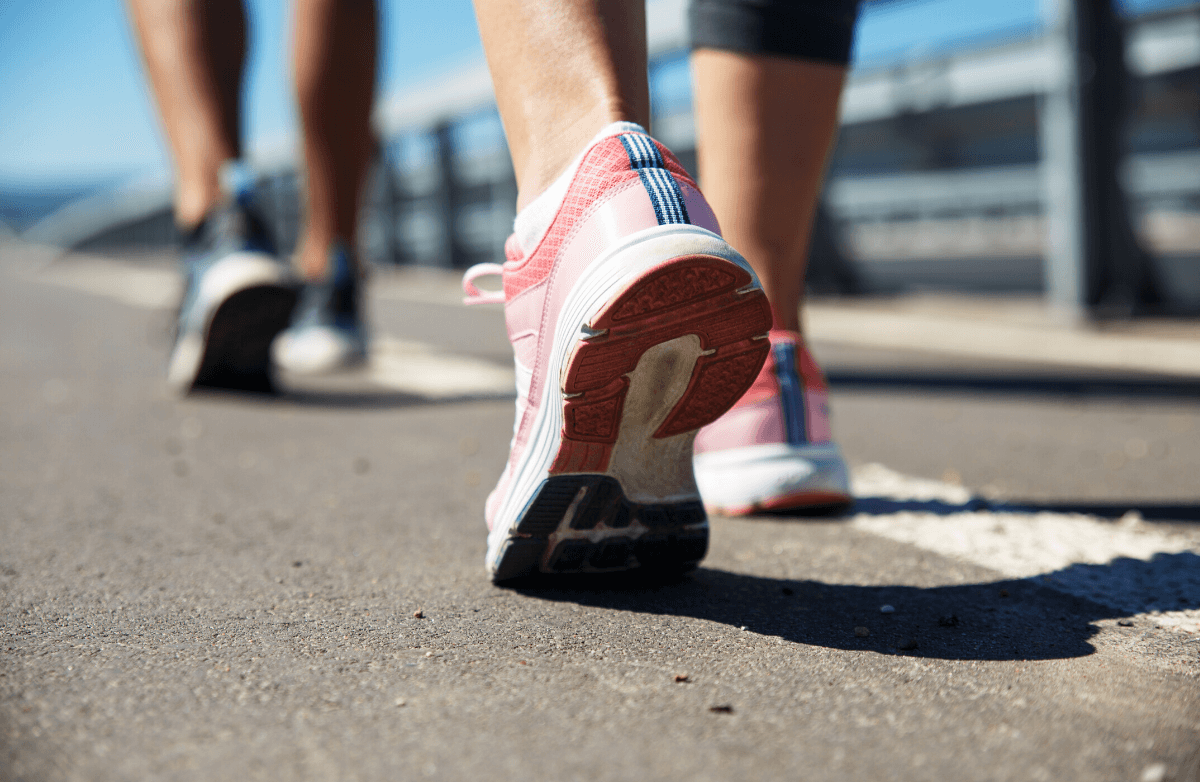

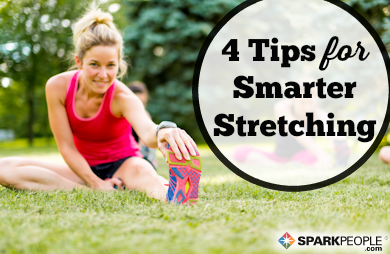
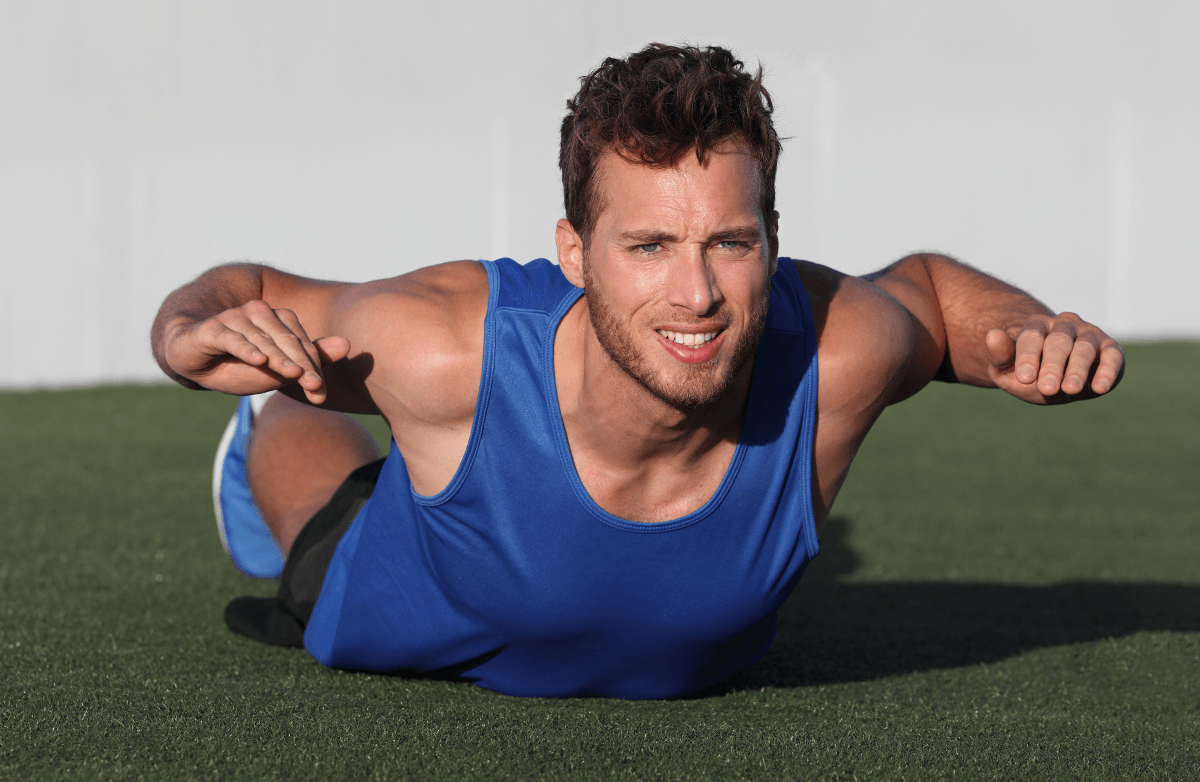
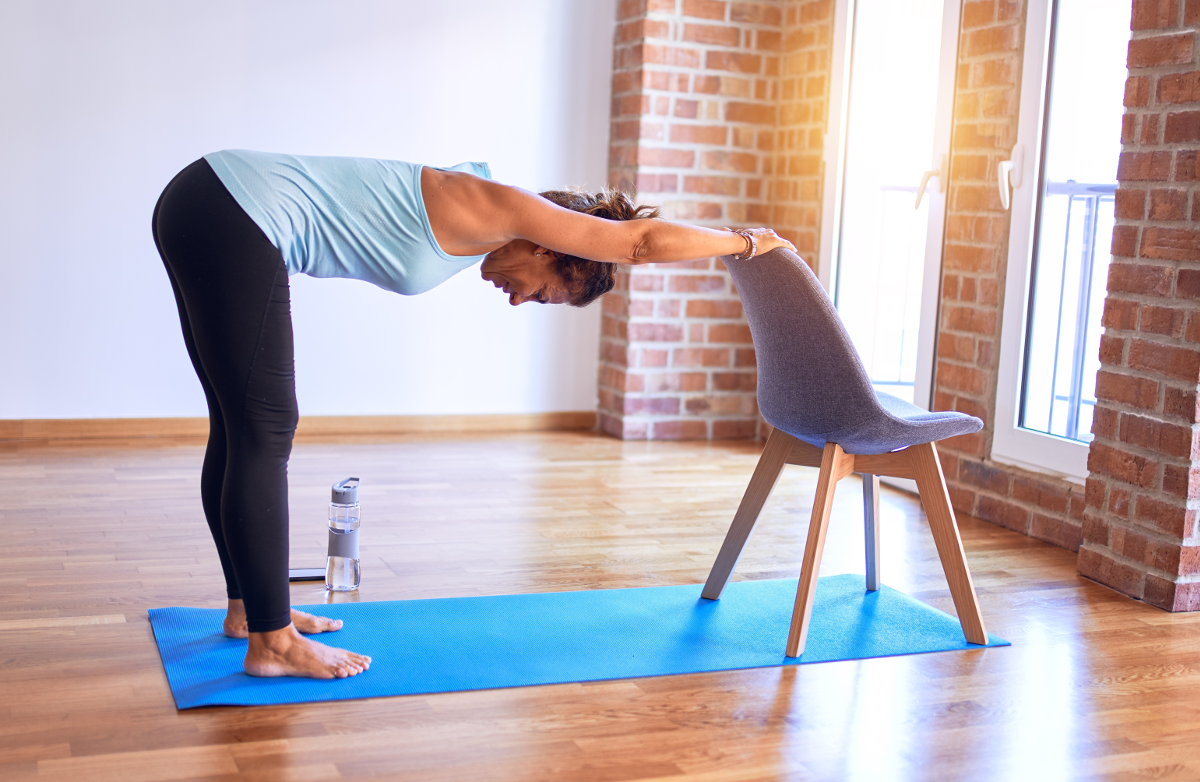
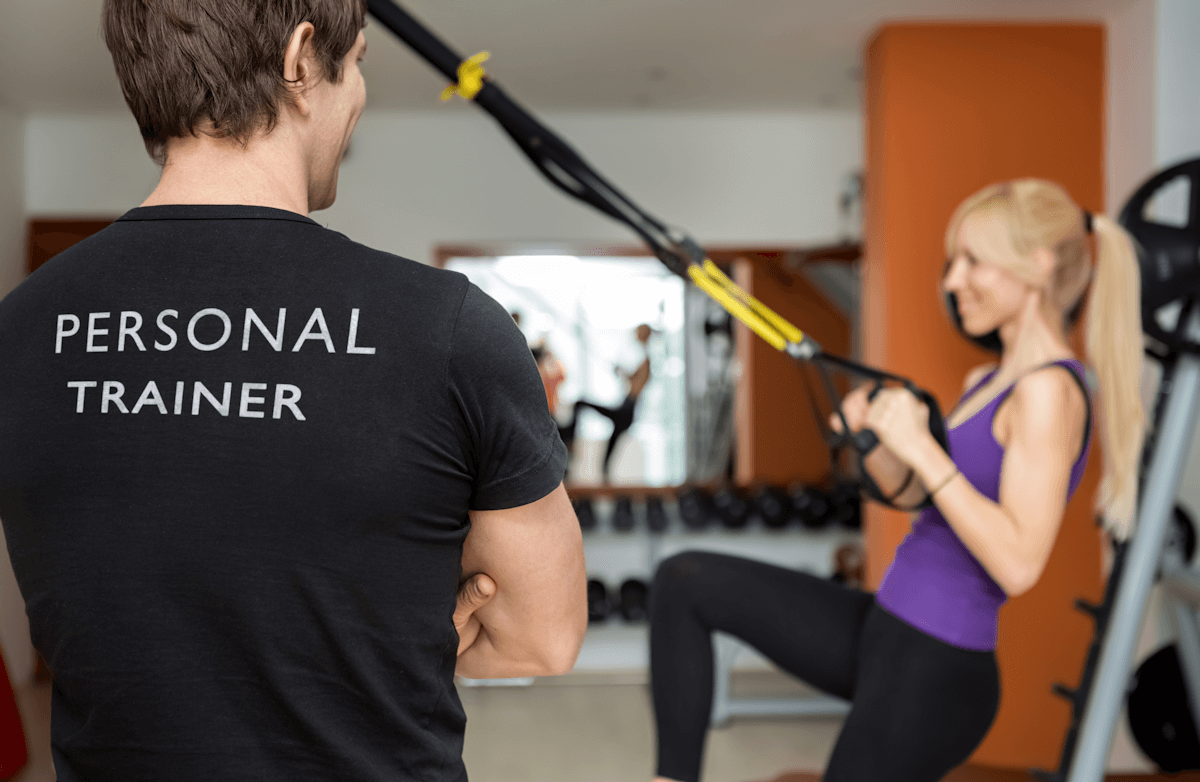
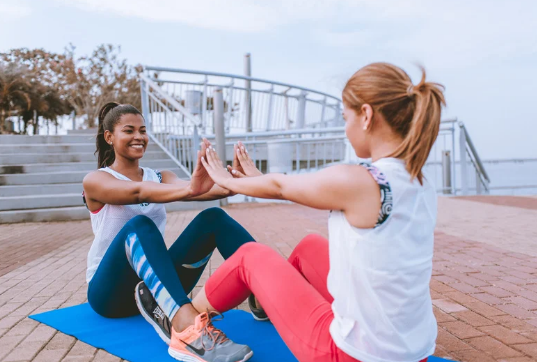
.jpg)